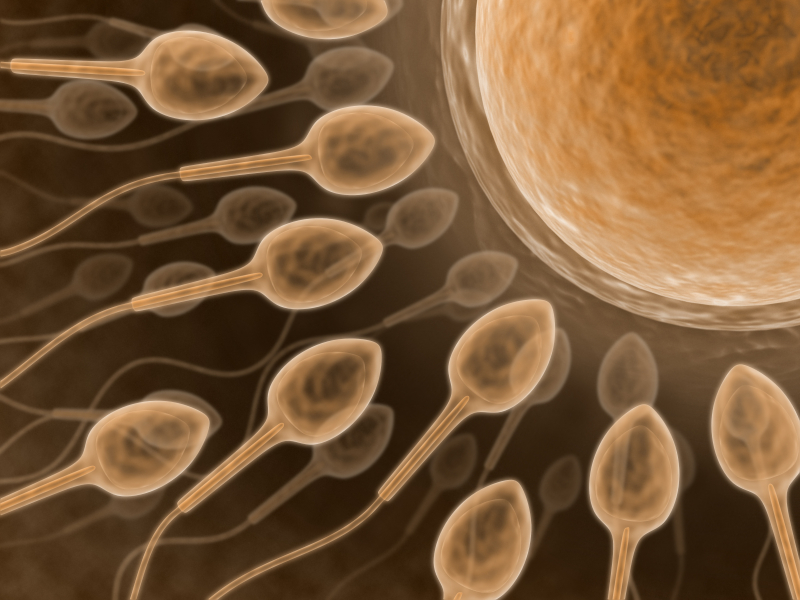Fertility Myths: True or False?
If you’re TTC, no doubt you’ve heard all kinds of crazy things about what you should—or shouldn’t—do to get pregnant. A lot of old wives’ tales are just that, tales without any science or facts behind them. So don’t believe the horror stories. Here are a few examples, and guidance to whether they’re true or false.

1) Infertility is a Woman’s Problem
This one is both TRUE and FALSE. Infertility is not ONLY a woman’s problem. The facts are, fertility problems are attributed to the woman 35 percent of the time, to the male partner 35 percent, and to both about 20 percent of the time. The remaining 10 percent is unexplained. Diagnostic testing for fertility problems should always include male factor testing.
2) If You Haven’t Had a Baby by 35, You Probably Won’t
FALSE in most cases. At age 35 most women have a 15 to 20 percent chance of getting pregnant naturally in any given month. However, it is TRUE that your fertility starts to decline at a faster rate around age 35. By the time you reach 40, your chance of conceiving naturally is down to 5 percent or less. IVF has been proven as an effective fertility treatment to help women have children when they’ve had trouble conceiving between ages 35 and 40. Even at age 40 or older it’s possible to bear a child using donor eggs from a younger woman, because the age of the egg is what matters, not the age of the mother.
3) Infertility is a Psychological Problem
FALSE. “If you’d just relax, you’d get pregnant.” How many times have well-meaning friends and family told you to stop worrying, and that worry itself is preventing you from conceiving? Well, it’s just not true. There is no scientific evidence that stress affects your ability to get pregnant. The causes are physical, not psychological. If you’re having problems having a child, a reproductive endocrinologist can evaluate what’s holding you back and create a personalized treatment plan for you.
4) Once You Adopt a Child, You’ll Get Pregnant
FALSE. There’s never been a scientific study that shows a causal relationship between adopting a child and subsequently conceiving one. On average, about 5 percent of couples who adopt a child will then have a biological child. This is the same success rate as for other couples who didn’t adopt and then got pregnant. Families can be built in many ways, and a number of families have both biological children and adopted children by choice.
5) Most Women Don’t Have Trouble Conceiving
Both TRUE and FALSE. It’s true that many women don’t have difficulty getting pregnant, but more than five million people of childbearing age in the U.S. have problems with fertility. That’s one in every 10 couples. Age is a major factor, but infertility can affect women and men of any age. So if you’re having problems TTC, you’re not alone—and help is available. See a fertility specialist and learn about your options to have the family you want so badly.




